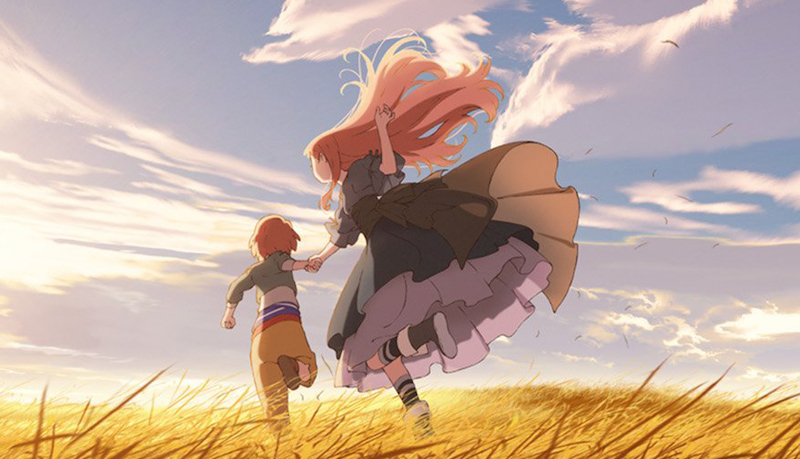



Watching it, it is possible to see both sides, like one of those optical illusions that could be a young or old woman's face. this was made as an anti-Japanese propaganda film by the occupied Chinese, however the Japanese obviously saw the film differently when the discovered it and presented it as pro-Japanese - since it was made in what Japanese believed was part of Japan (that is occupied china). Katsudo Shashin - though Katsudo's recollection of how and when it was made may not line up with reality! I haven't included all discussed features here (too many!) only the ones that peaked my interest (and I have deliberately avoided particularly popular titles!) The titles discussed are there to illustrate the changing industry and technologies, and rarely about the actual material itself (although it would be hard not to combine the two during the propaganda phase during WWII) - many of the clips (and indeed some of the complete features) are on YouTube, so I have found it quite instructive to briefly put the book down at times and go and actually watch the content - highly recommended in fact as it gives meat to the bones of the narrative. That said, it is a fairly dry text, and Clements, extensively quotes others through memoirs nd biographies but steers away from drawing conclusions himself - It feels a bit like a PhD dissertation rather than a history book at times. The focus of the book is in collating the information from Japanese sources, and unlike other anime books that I have read, concentrates on facts, disputes things that appear to be sophistry or 'nescience' and is generally a genuine attempt at research and history rather than media rehash, so massive plus from me on that point. Published on behalf the BFI, this is a proper referenced and well researched book on the history of the animation industry and the technologies in use in Japan during the last 100 years.


 0 kommentar(er)
0 kommentar(er)
